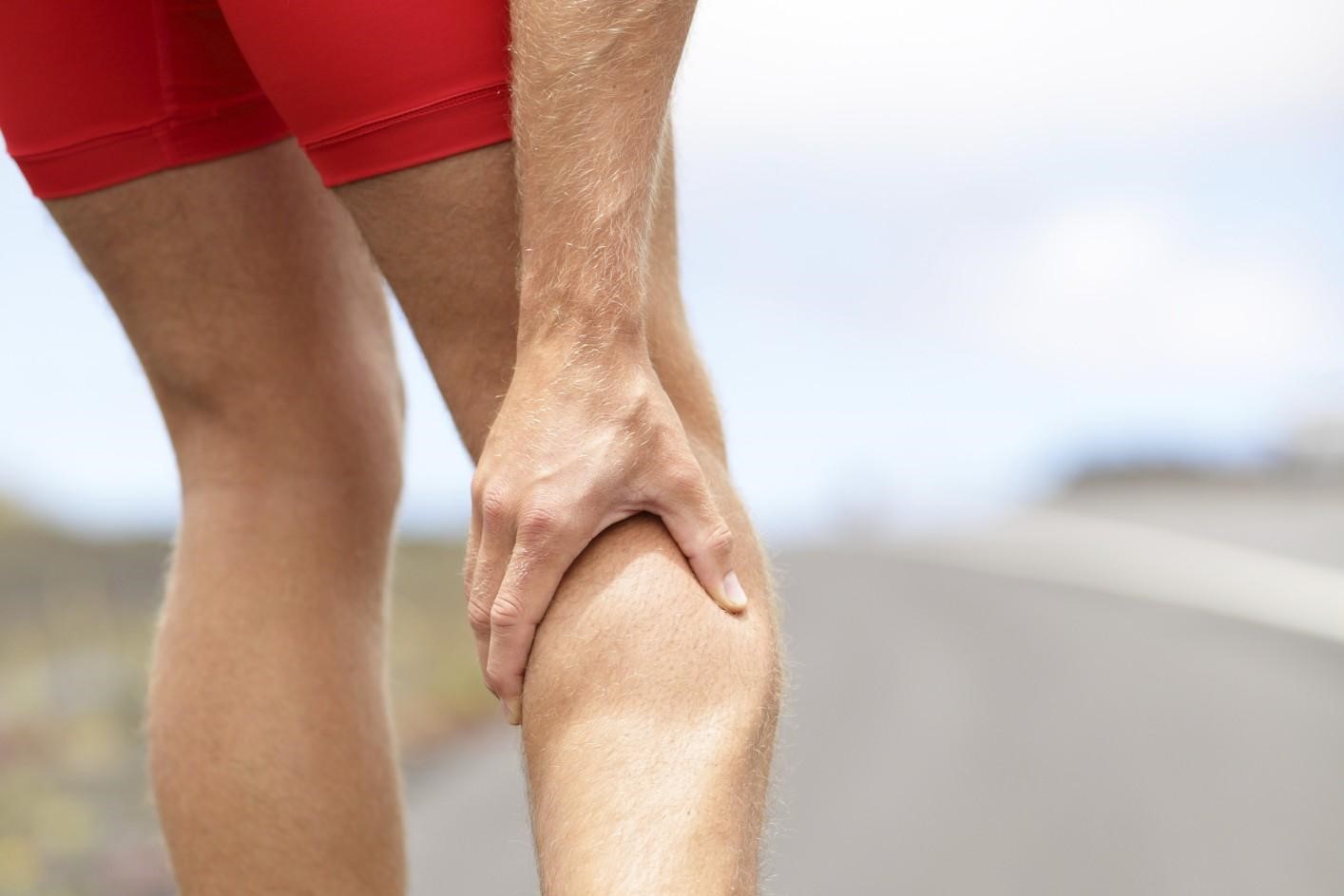
Muscle injuries: the differences between contracture, strain, muscle tear
What are muscle injuries? Muscle injuries are frequent and occur during all sports activities
Muscle injuries are divided into:
- contracture
- stretching;
- tear (1st, 2nd and 3rd degree).
What is a muscle contracture
A contracture is one of the most frequent injuries and consists of a contraction of the muscle beyond the possibilities of the fibre itself.
Such a contracture produces pain and stiffness of the fibre, limitation in walking and vivid pain in muscle contraction movements.
Contracture, however, is the least serious of all injuries as it does not cause a fibre rupture.
What to do in case of muscle contractures
In the case of a contracture, rest is the most effective therapy.
A week’s rest is usually needed to recover from a contracture.
To speed up recovery, we can combine rest with decontracting massages, carried out by physiotherapists, and all those activities that stretch the muscles.
What is muscle strain
This injury causes a sharp and sudden, though often bearable, pain.
It is a type of injury easily encountered in sports.
What to do in the event of a pulled muscle
The strain heals within 2-3 weeks of rest; it is useful to apply ice packs for the first few days and compression bandages.
If necessary, the doctor may prescribe anti-inflammatory therapy and an ultrasound scan may be useful.
What is a muscle tear
A tear causes a rupture of muscle fibres, which is very painful and can be more or less serious depending on how many fibres are involved.
Tearing can affect any muscle in the body, but usually leg and arm muscles are more prone to tearing.
More rarely the muscles of the abdomen and back are ‘torn’.
The injury is caused by excessive strain on the muscle fibres, due to sudden jerks or contractions.
Tears can be of 1st, 2nd and 3rd degree depending on the number of fibres involved
In the 1st degree injury only a few muscle fibres are damaged, the discomfort is mild and movements are almost completely pain-free.
The grade II injury is characterised by a greater number of injured muscle fibres: pain appears every time one tries to contract the muscle.
The most serious is the grade III injury, which causes a real tear in the muscle and is accompanied by very intense pain.
What to do in case of a muscle tear
If you have suffered a tear in the first place, you must immediately stop the activity you are doing, whether it be sport or work.
It is best to consult the orthopaedist immediately to assess the extent of the problem.
If the injury is minor, complete rest for a couple of weeks is needed, combined with cold compresses that exert a powerful action on the blood circulation, reducing the flow of blood to the injured vessels.
In addition, prescription painkillers and muscle relaxants should be used.
Investigations should be completed with an ultrasound scan and a possible MRI.
More serious cases require longer recovery times and physiotherapy sessions, such as tecar therapy, laser therapy.
How to prevent muscle injuries
Before physical exertion, a good general warm-up, and if necessary a more specific warm-up, and stretching provide elasticity to muscles and tendons and play a key role in preventing muscle injuries.
Read Also:
Emergency Live Even More…Live: Download The New Free App Of Your Newspaper For IOS And Android
Why Do Muscle Fasciculations Occur?
Unicompartmental Prosthesis: The Answer To Gonarthrosis
Anterior Cruciate Ligament Injury: Symptoms, Diagnosis And Treatment
Ligaments Injuries: Symptoms, Diagnosis And Treatment
Knee Arthrosis (Gonarthrosis): The Various Types Of ‘Customised’ Prosthesis
Rotator Cuff Injuries: New Minimally Invasive Therapies
Knee Ligament Rupture: Symptoms And Causes
Lateral Knee Pain? Could Be Iliotibial Band Syndrome
Knee Sprains And Meniscal Injuries: How To Treat Them?
Treating Injuries: When Do I Need A Knee Brace?
Wrist Fracture: How To Recognise And Treat It
How To Put On Elbow And Knee Bandages
Meniscus Injury: Symptoms, Treatment And Recovery Time
Knee Pathologies: Patellofemoral Syndrome
O.Therapy: What It Is, How It Works And For Which Diseases It Is Indicated
Oxygen-Ozone Therapy In The Treatment Of Fibromyalgia
When The Patient Complains Of Pain In The Right Or Left Hip: Here Are The Related Pathologies
Fibromyalgia: Where Are The Tender Points That Cause Pain On Palpation?
Fibromyalgia: The Importance Of A Diagnosis
Rheumatoid Arthritis Treated With Implanted Cells That Release Drug
Oxygen Ozone Therapy In The Treatment Of Fibromyalgia
Everything You Need To Know About Fibromyalgia
Long Covid: What It Is And How To Treat It
Long Covid, Washington University Study Highlights Consequences For Covid-19 Survivors
Long Covid And Insomnia: ‘Sleep Disturbances And Fatigue After Infection’
How Can Fibromyalgia Be Distinguished From Chronic Fatigue?
Fibromyalgia: Symptoms, Causes, Treatment And Tender Points


